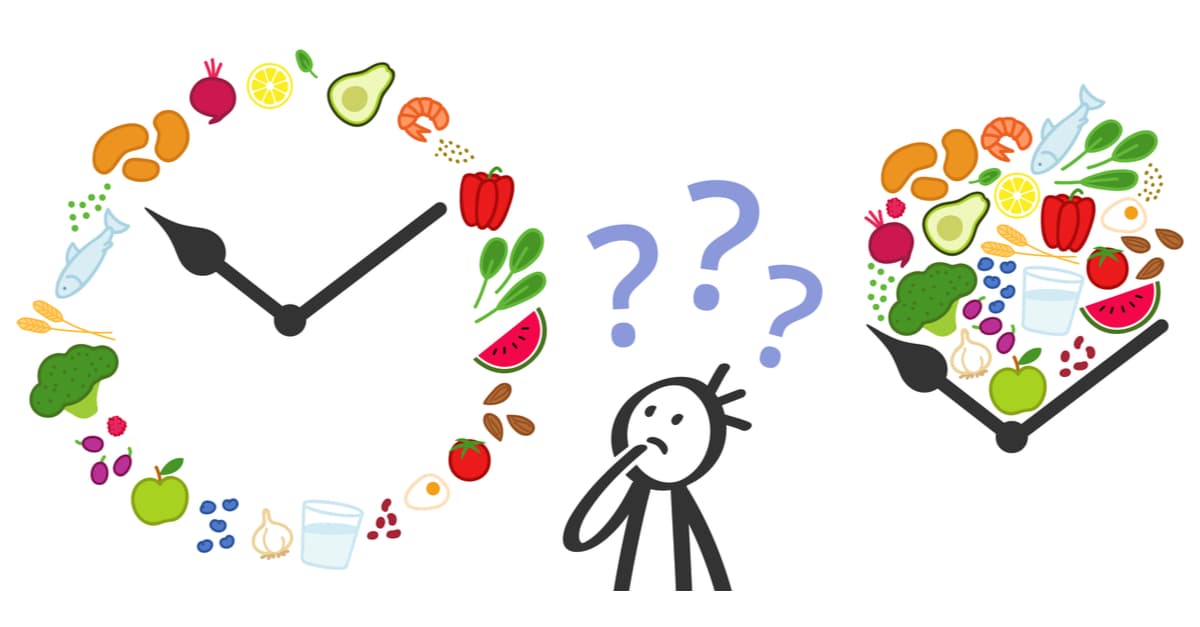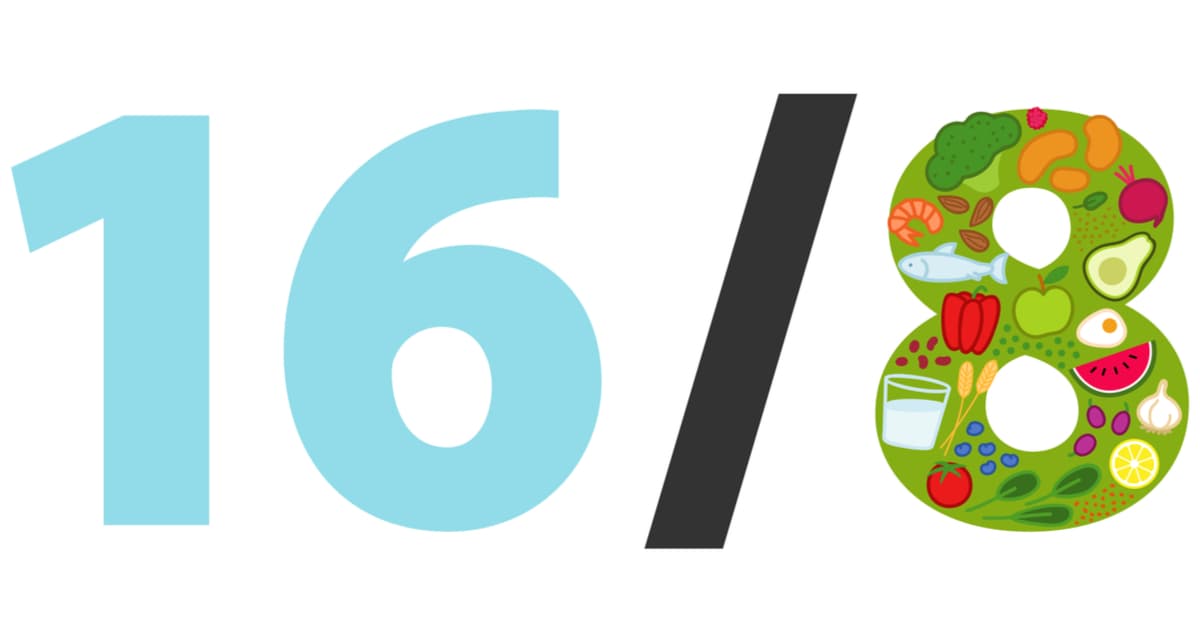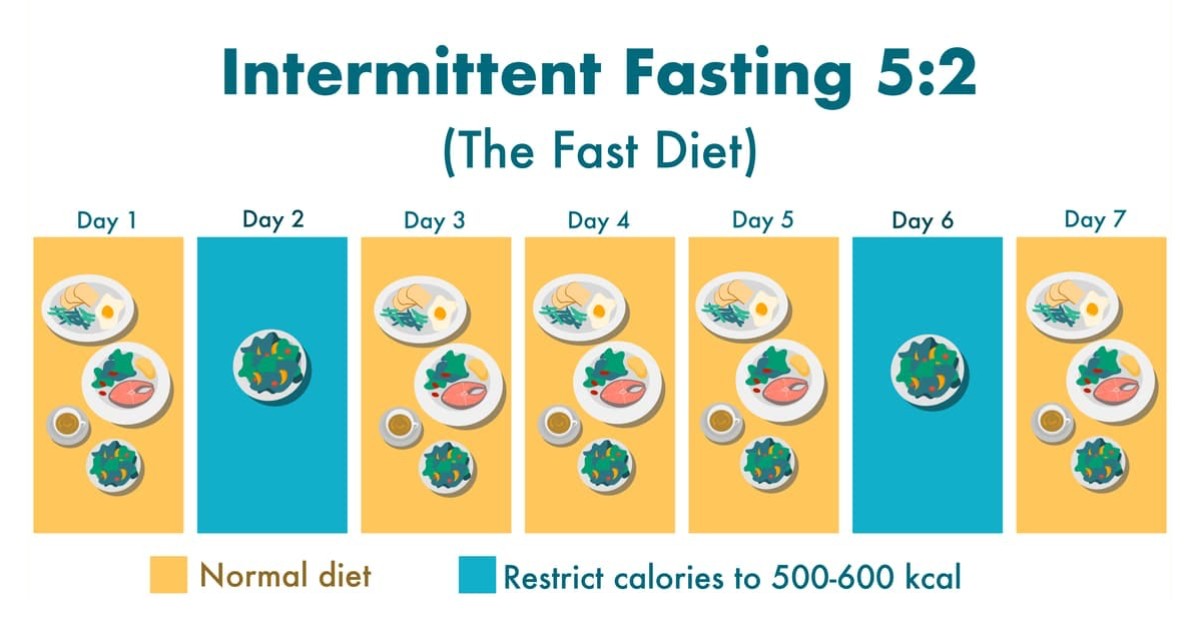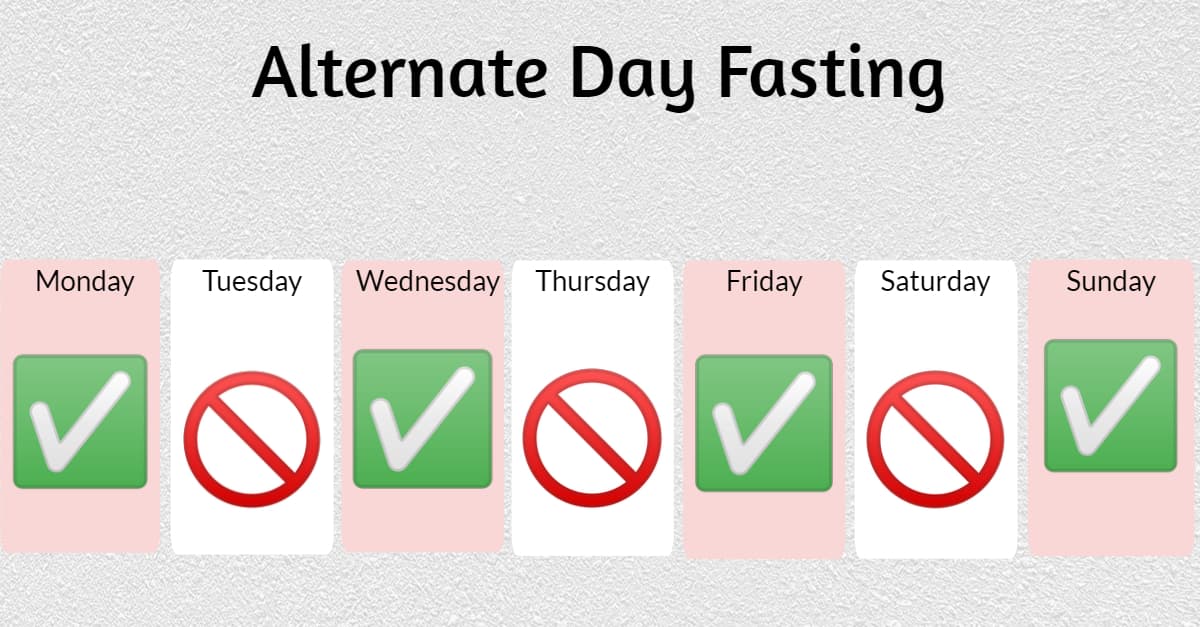Intermittent fasting has been a very popular way to lose weight in recent years. The popularity of this weight loss plan is partly down to its simplicity. Instead of focusing on what foods you eat, the focus is on when you eat. By dividing your time into periods of fasting and periods when you can eat, intermittent fasting changes your eating pattern.
Different Methods of Intermittent Fasting

There are many ways that people use intermittent fasting for weight loss and wellness. However, there are a number of different approaches to fasting. Followers of the plan choose a plan that suits their individual needs; this allows them to choose a form of fasting that works with their lifestyle, work, and family commitments. As with all eating plans or fasting programs, it is good practice to speak to a nutritionist or doctor who knows your medical history and can give you tailored advice about how to meet your nutritional needs. Fasting is not suitable for everyone, so if you have any health issues, it is especially important to seek medical advice. Lets have a look at the most popular forms of intermittent fasting and how they work.
The 16/8 Plan

This particular method of intermittent fasting requires you to eat during a period of 8 hours and then fast for the remaining 16. This sounds harsh until you remember that for a large proportion of those 16 hours, you will be asleep! Some people do intermittent fasting every day, but some do intermittent fasting just a few days a week as part of a weight loss program. The idea behind the diet is that it promotes fat burning and gives consistent weight loss results. Many people also find that it helps to manage their blood glucose levels, but this should only be considered with medical input from a professional if there are blood sugar issues such as pre-diabetes or diabetes. The 16/8 plan is often considered easy to follow because there are no complicated lists of allowed or restricted foods.
The 5:2 Method

Many people choose to follow the 5:2 Method of intermittent fasting. There is a misconception that the 5:2 diet plan involves fasting completely for 2 days a week, but this simply isnt true. Instead, people who follow this plan restrict their calorie intake two days a week and eat normally on the other five days. So, on five days, you can eat a normal healthy diet. On just two days a week, you restrict your calorie intake to somewhere between 500 and 600 calories (sometimes women are recommended 500 calories and men are recommended 600 on fasting days, but this can be a little flexible according to your individual needs and lifestyle). Followers of the diet can choose when their fast days are according to their own commitments. It might suit you to fast on Mondays and Thursdays, for example. It is usually advised that you have at least one day of normal eating between your fast days. It makes sense to schedule your fasting days for times when it will be easier for you to eat a lot less, perhaps on days when you have fewer demands on your body. Choosing the right foods on these days will also greatly affect how easy the plan is to follow; choosing foods that are nutritionally dense while low in calories and that help you to feel fuller for longer will make the plan much easier to stick to than if you choose calorie-dense foods or tho0se that cause spikes in blood sugar that can lead to cravings.
Alternate Day Fasting

Alternate day fasting is an intermittent fasting technique that involves fasting every other day, just as the name suggests! Eating normally every other day and then either avoiding food completely on the days in between can be a very harsh and difficult diet to follow, so a few hundred calories are permitted in the plan. So on one day, eat normally, and then the next only consume a few hundred calories. To begin with, many people allow themselves around 500 calories on fasting days, and then they can try to cut this down further. This version of intermittent fasting might seem to be the simplest version of the eating plan, but it is also the hardest to follow due to the inevitable hunger on days when followers of the plan do not eat.
Eat-Stop-Eat

The Eat-Stop-Eat Method of intermittent fasting involves fasting for a full 24 hours a couple of times a week. Some people fast for 24 hours in the week; others do a 24-hour fast twice a week. The fast lasts from lunch or dinner of the first day through to lunch or dinner of the second day, making it slightly easier to follow. The fasting days are the only change made to the diet, normal eating days should be your normal diet, not restricted in any way. It is also important on the fasting days that you only restrict solid foods and continue to drink normally; water, coffee, and no-calorie drinks are all allowed. Some people begin by easing into the plan by eating a few hundred calories on fast days and then reducing further as they get used to it. Other people ease in by only fasting for 16 hours on fast days rather than 24; they can increase the length of the fast as they become accustomed to the change.
Is Fasting Right For You?

There are many ways of incorporating intermittent fasting into your daily life and many variations of the plans. Of course, you can alter any of these plans to better suit how you feel and what your life is like. We all have different circumstances and needs. Intermittent fasting is a popular way to lose weight to improve health. Remember that if you use this technique to lose weight for a short period of time, you will gain the weight you lose if you go back to your previous eating plan. For long-term results, you need to find a sustainable eating plan that enables you to get all the nutrition you need and leaves you feeling good. If intermittent fasting leaves you feeling unwell, then it is time to rethink your plan and work to find a method that helps you lose weight and feel great.

